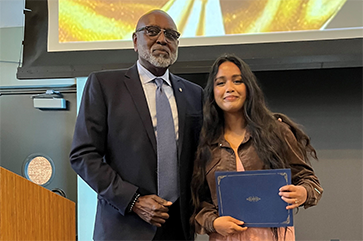 https://www.college.ucla.edu/wp-content/uploads/2025/06/CharlesAlexanderandstudent-363-241.png
241
363
Alvaro Castillo
https://www.college.ucla.edu/wp-content/uploads/2019/07/Uxd_Blk_College-e1557344896161.png
Alvaro Castillo2025-06-25 10:53:072025-07-03 15:04:32Charles Alexander celebrates a legacy of helping students through their UCLA journeys
https://www.college.ucla.edu/wp-content/uploads/2025/06/CharlesAlexanderandstudent-363-241.png
241
363
Alvaro Castillo
https://www.college.ucla.edu/wp-content/uploads/2019/07/Uxd_Blk_College-e1557344896161.png
Alvaro Castillo2025-06-25 10:53:072025-07-03 15:04:32Charles Alexander celebrates a legacy of helping students through their UCLA journeys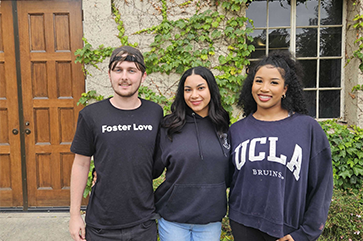 https://www.college.ucla.edu/wp-content/uploads/2025/05/Bruin-Guardian-Scholars-363-241.png
241
363
Alvaro Castillo
https://www.college.ucla.edu/wp-content/uploads/2019/07/Uxd_Blk_College-e1557344896161.png
Alvaro Castillo2025-05-29 11:24:012025-06-11 15:09:59Three UCLA College graduating seniors look back on how the Bruin Guardian Scholars program set them up for success
https://www.college.ucla.edu/wp-content/uploads/2025/05/Bruin-Guardian-Scholars-363-241.png
241
363
Alvaro Castillo
https://www.college.ucla.edu/wp-content/uploads/2019/07/Uxd_Blk_College-e1557344896161.png
Alvaro Castillo2025-05-29 11:24:012025-06-11 15:09:59Three UCLA College graduating seniors look back on how the Bruin Guardian Scholars program set them up for success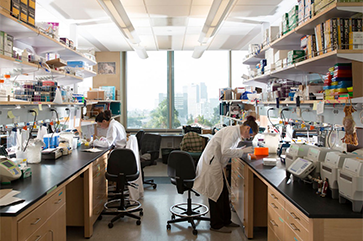 https://www.college.ucla.edu/wp-content/uploads/2025/05/research-363-241.png
241
363
Alvaro Castillo
https://www.college.ucla.edu/wp-content/uploads/2019/07/Uxd_Blk_College-e1557344896161.png
Alvaro Castillo2025-05-19 14:15:352025-06-02 14:33:25Undergraduate Research Week showcases student innovation and creativity
https://www.college.ucla.edu/wp-content/uploads/2025/05/research-363-241.png
241
363
Alvaro Castillo
https://www.college.ucla.edu/wp-content/uploads/2019/07/Uxd_Blk_College-e1557344896161.png
Alvaro Castillo2025-05-19 14:15:352025-06-02 14:33:25Undergraduate Research Week showcases student innovation and creativity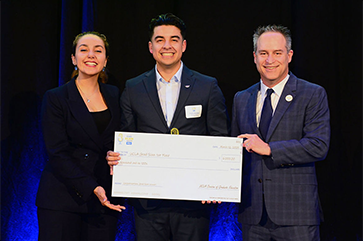 https://www.college.ucla.edu/wp-content/uploads/2025/04/NNPABK-363-241.png
241
363
Alvaro Castillo
https://www.college.ucla.edu/wp-content/uploads/2019/07/Uxd_Blk_College-e1557344896161.png
Alvaro Castillo2025-04-24 16:31:092025-05-08 14:36:24UCLA College Ph.D. candidate Pablo Alvarez studies viruses that infect the brain. His research talk won the 2025 UCLA Grad Slam
https://www.college.ucla.edu/wp-content/uploads/2025/04/NNPABK-363-241.png
241
363
Alvaro Castillo
https://www.college.ucla.edu/wp-content/uploads/2019/07/Uxd_Blk_College-e1557344896161.png
Alvaro Castillo2025-04-24 16:31:092025-05-08 14:36:24UCLA College Ph.D. candidate Pablo Alvarez studies viruses that infect the brain. His research talk won the 2025 UCLA Grad Slam https://www.college.ucla.edu/wp-content/uploads/2025/04/Goldwater-scholars-2025-363-241.png
241
363
Alvaro Castillo
https://www.college.ucla.edu/wp-content/uploads/2019/07/Uxd_Blk_College-e1557344896161.png
Alvaro Castillo2025-04-21 14:48:252025-04-23 08:41:25Four Bruins awarded 2025 Goldwater Scholarships
https://www.college.ucla.edu/wp-content/uploads/2025/04/Goldwater-scholars-2025-363-241.png
241
363
Alvaro Castillo
https://www.college.ucla.edu/wp-content/uploads/2019/07/Uxd_Blk_College-e1557344896161.png
Alvaro Castillo2025-04-21 14:48:252025-04-23 08:41:25Four Bruins awarded 2025 Goldwater Scholarships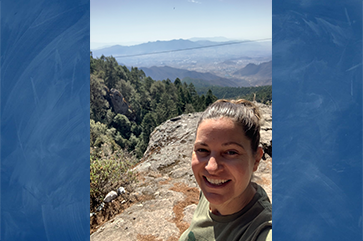
Announcing the 2025 Cotsen Prize recipient: Julie Bernard M.A. ’01, Ph.D. ’08
UCLA College | April 8, 2025
The UCLA Cotsen Institute…
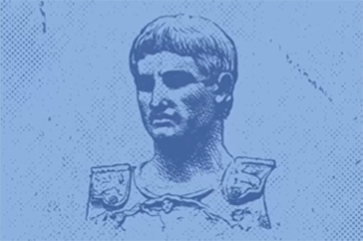 https://www.college.ucla.edu/wp-content/uploads/2025/03/JC-ides-of-march-363-241.png
241
363
Alvaro Castillo
https://www.college.ucla.edu/wp-content/uploads/2019/07/Uxd_Blk_College-e1557344896161.png
Alvaro Castillo2025-03-15 11:44:352025-03-21 11:50:54Distinguished history professor Teo Ruiz unpacks history’s greatest backstabbings
https://www.college.ucla.edu/wp-content/uploads/2025/03/JC-ides-of-march-363-241.png
241
363
Alvaro Castillo
https://www.college.ucla.edu/wp-content/uploads/2019/07/Uxd_Blk_College-e1557344896161.png
Alvaro Castillo2025-03-15 11:44:352025-03-21 11:50:54Distinguished history professor Teo Ruiz unpacks history’s greatest backstabbings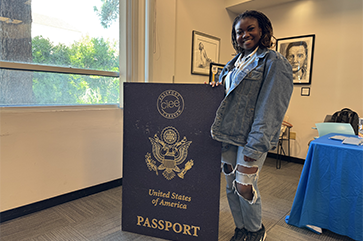 https://www.college.ucla.edu/wp-content/uploads/2025/02/Passport-caravan-363-241.png
241
363
Alvaro Castillo
https://www.college.ucla.edu/wp-content/uploads/2019/07/Uxd_Blk_College-e1557344896161.png
Alvaro Castillo2025-02-12 09:38:392025-02-25 09:23:02‘Passport Caravan’ event at UCLA helps students start their global journeys
https://www.college.ucla.edu/wp-content/uploads/2025/02/Passport-caravan-363-241.png
241
363
Alvaro Castillo
https://www.college.ucla.edu/wp-content/uploads/2019/07/Uxd_Blk_College-e1557344896161.png
Alvaro Castillo2025-02-12 09:38:392025-02-25 09:23:02‘Passport Caravan’ event at UCLA helps students start their global journeys https://www.college.ucla.edu/wp-content/uploads/2025/01/alexander-grey-moneyfan-363-241.png
241
363
Alvaro Castillo
https://www.college.ucla.edu/wp-content/uploads/2019/07/Uxd_Blk_College-e1557344896161.png
Alvaro Castillo2025-01-28 11:08:592025-02-06 11:43:41The American dream is alive for young people, but they feel it is out of reach
https://www.college.ucla.edu/wp-content/uploads/2025/01/alexander-grey-moneyfan-363-241.png
241
363
Alvaro Castillo
https://www.college.ucla.edu/wp-content/uploads/2019/07/Uxd_Blk_College-e1557344896161.png
Alvaro Castillo2025-01-28 11:08:592025-02-06 11:43:41The American dream is alive for young people, but they feel it is out of reach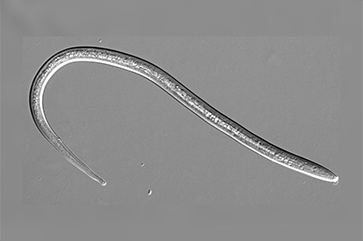 https://www.college.ucla.edu/wp-content/uploads/2025/01/Nematode-363-241.png
241
363
Alvaro Castillo
https://www.college.ucla.edu/wp-content/uploads/2019/07/Uxd_Blk_College-e1557344896161.png
Alvaro Castillo2025-01-21 16:18:262025-01-22 09:37:35UCLA College neurobiologists discover skin-penetrating nematodes have a love-hate relationship with carbon dioxide
https://www.college.ucla.edu/wp-content/uploads/2025/01/Nematode-363-241.png
241
363
Alvaro Castillo
https://www.college.ucla.edu/wp-content/uploads/2019/07/Uxd_Blk_College-e1557344896161.png
Alvaro Castillo2025-01-21 16:18:262025-01-22 09:37:35UCLA College neurobiologists discover skin-penetrating nematodes have a love-hate relationship with carbon dioxide
